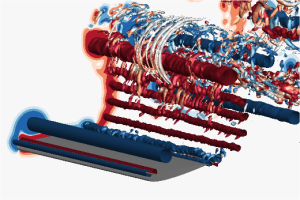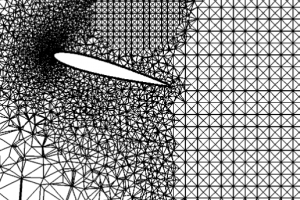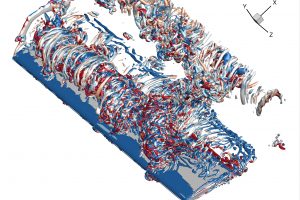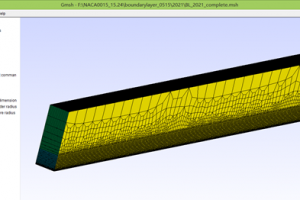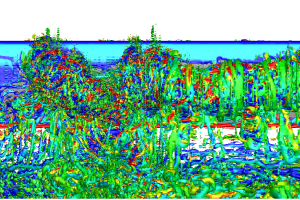DOI: 10.1017/jfm.2023.735
The three-dimensional (3-D) transition of the leading-edge vortex (LEV) and the force characteristics of the plunging airfoil are investigated in the chord-based Strouhal number Stc range of 0.10 to 1.0 by means of experimental measurements, numerical simulations and linear stability analysis in order to understand the spanwise instabilities and the
effects on the force.
For complex geometries, we can use Solidworks to build the CAD model and use star-ccm+ for mesh generation. This blog gives a step-by-step instruction on the mesh generation of a round-tip wing.
DOI: 10.1017/jfm.2022.224
The vortex dynamics of leading-edge vortices on plunging high-aspect-ratio (AR = 10)
wings and airfoils were investigated by means of volumetric velocity measurements,
numerical simulations and stability analysis to understand the deformation of the
leading-edge vortex filament and spanwise instabilities.
Ansys ICEM CFD is a popular mesh generation software. In this blog, we show how to convert the mesh generated by ICEM to Nektar++ format.
The visualisation of the flow fields output by Nektar++ may not look smooth if the resolution is not enough. A feasible solution is interpolating the spectral element field to a finite difference grid and then doing the post-processing using a Gaussian filter.
The ARCHER national supercomputer is intended for very large-scale computations and is the successor to HECToR. These instructions are preliminary in nature and an up-to-date version of the master branch is required as support for the compilation environment has only been added recently.
